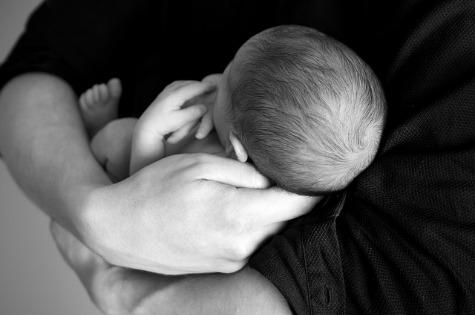Australia's child care fee assistance is changing. From 2 July 2018, the Child Care Rebate and Child Care Benefit will be replaced by a single Child Care Subsidy. The Government has committed an extra $2.5 billion to support the implementation of the new child care package. The 2014 Productivity Commission Inquiry into Childcare and Early Childhood Learning and a series of consultations since, found that the current child care system is complex, difficult for families to use and inflexible in meeting their needs. In response, the Government announced a package of reforms to help families meet work requirements and to provide more targeted support for disadvantaged and vulnerable families and children.
KEY FACTS
1. From 2 July 2018, the Child Care Rebate and Child Care Benefit will be replaced by a single Child Care Subsidy.
2. Three things will determine a family’s level of Child Care Subsidy:
- combined family income
- activity level of both parents (based on the parent who does the least amount of recognised
- activity)
- the type of child care service families use.
3. Child care under the new arrangements will be more affordable for most families. Most lower and middle-income families will be eligible to receive a higher subsidy for their child care than they do now.
- Families earning $185,710 or less will have no cap on the amount of Child Care Subsidy they can claim
- Families earning more than $185,710 and less than $350,000 will see the existing annual cap rise from $7,613 to $10,000 per child, per year.
The lower the combined family income, the more support families will receive.
4. The number of hours of subsidised care families can access will be determined by an activity test. The higher the level of activity, the more hours of subsidised care families can access, up to a maximum of 100 hours per fortnight.
In families with two parents, the parent with the lowest hours of activity per fortnight will determine the hours of subsidised care.
Recognised activities
- paid work – including leave, such as maternity leave
- approved study or training
- unpaid work in family business
- looking for work
- volunteering
- self-employment
- other activities on a case-by- case basis
There will be exemptions for parents who legitimately cannot meet the activity test requirements.
5. The new subsidy is also based on the type of child care a family uses subject to an hourly cap rate:
- Centre-based care – $11.55 per hour
- Family day care – $10.70 per hour
- Outside school hours care – $10.10 per hour
6. The new Child Care Subsidy will be paid directly to child care providers to pass on to families as reduced fees.
7. The new child care package includes a Safety Net to ensure that children in Australia’s most vulnerable families and communities have the opportunity to access quality early learning and child care. It better supports:
- families who require practical help to support their children's safety and wellbeing
- grandparents as principal carers on income support
- families experiencing temporary financial hardship
- parents transitioning to work from income support.
8. Families should visit education.gov.au/childcare to find out more information and use the estimator to get an idea of how much Government subsidy they may be eligible for.
9. Families should start thinking about how the changes will affect them. More information about what families need to do to prepare for the changes will be available in early 2018.








 Agree (0)
Agree (0) Disagree (
Disagree (









__small.png)










